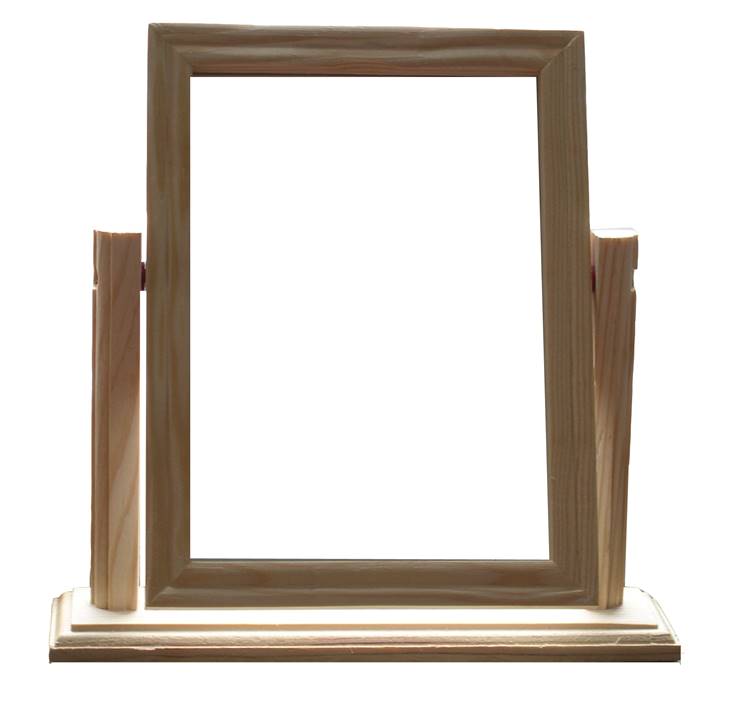How Mirrors are Made?
In ancient times, people used obsidian stones to make mirrors. These stones when highly polished were able to reflect with a great clarity. Through times, as civilization evolved, technology did too. Gradually, people started to use gold, silver, and aluminum to create mirrors in the similar manner they used the obsidian stone. In about 1600 AD, the silvering process, which became the most popular way to make mirrors, was introduced and it is used even today.
In classical antiquity, solid metal (bronze, later silver) was used to manufacture mirrors and mirrors were too expensive; they were also prone to corrosion.
Venetian glassmakers introduced the process of making mirrors out of plate in 16th century. They covered the back of the glass with mercury to obtain near-perfect and undistorted reflection.

Today, the mirror substrate is first shaped, then polished and cleaned, and finally covered.
The method of making mirrors is very simple. Mirrors are made by applying a reflective coating to a glass sheets. Glass is a major mirror component due to its transparency, ease to fabrication, rigidity, hardness, and ability to take a smooth finish but it is not very good material for reflection. Materials which are commonly used are metal coatings such as silver, gold or chrome. Present-day glass mirrors are most often coated with non-toxic silver or aluminum.
It is very important that the glass is polished to perfection, any dip or impurity left on glass would made waves in the mirror, which would cause distortion of the image reflected.
There are many methods of glass to be coated with the chosen metal to form a mirror. In industrial productions, glass is coated by bringing the metal to a boil in special chambers and then metal is condensed on the glass sheet to form a thin but perfect coating of the metal. The back surface of the mirror is painted to prevent damage to the metal coating.
Mirrors have to be specially designed in order to become effective, and the glass sheets that are used must be flat and durable. For household use, the thickness of the mirror is very important, with its strength increasing proportionately to its thickness. For heavy-duty mirrors and mirrors used in scientific research, the surface needs to be designed in particular way to retain uniformity while adding a curvature. This process gives the mirror the ability to focus as well as reflect light. The kind of coating to be used is specified by the mirror design. Durability and reflectivity are the most important characteristics in the choice of the coating.
An important part of the manufacturing process is the quality control of mirrors. Inspection of the mirror's surface is generally performed using the naked eye or a microscope in order to check if there are any scratches or unevenness.
